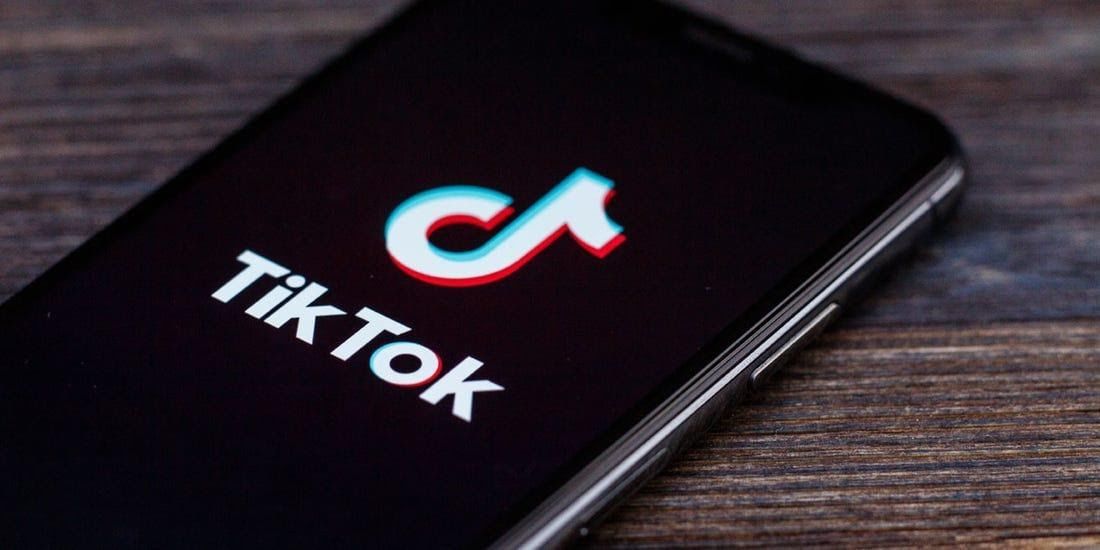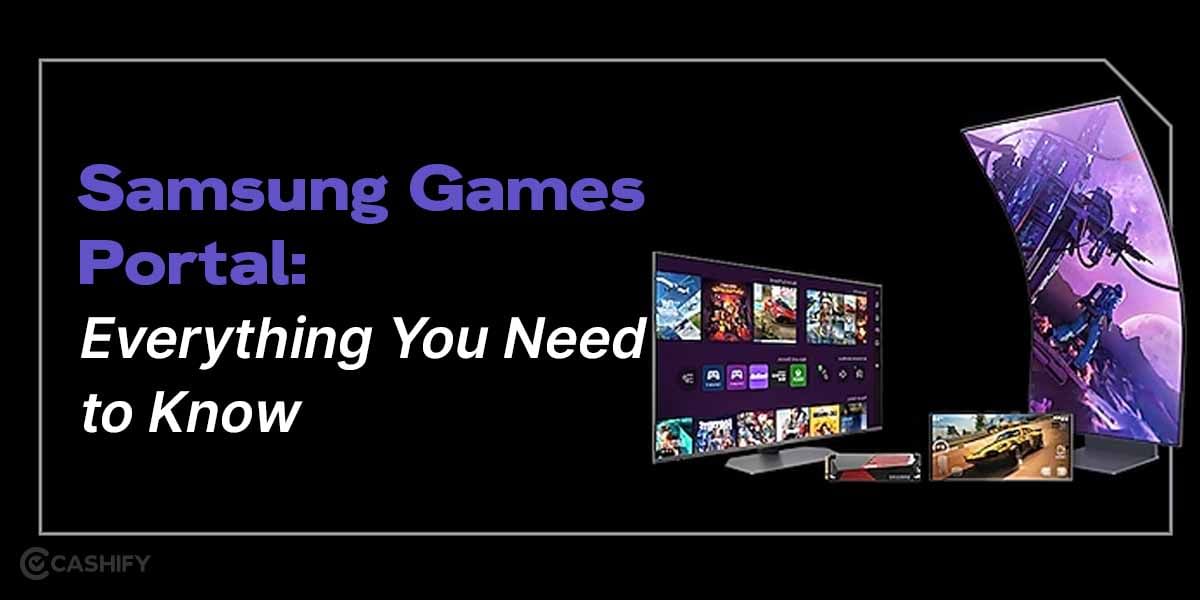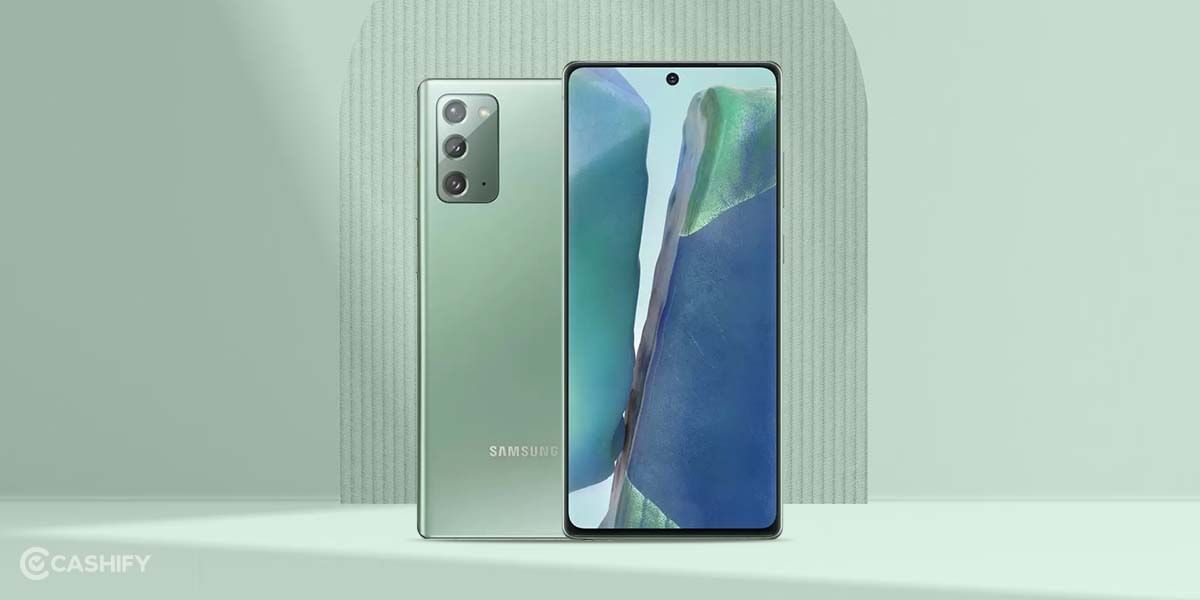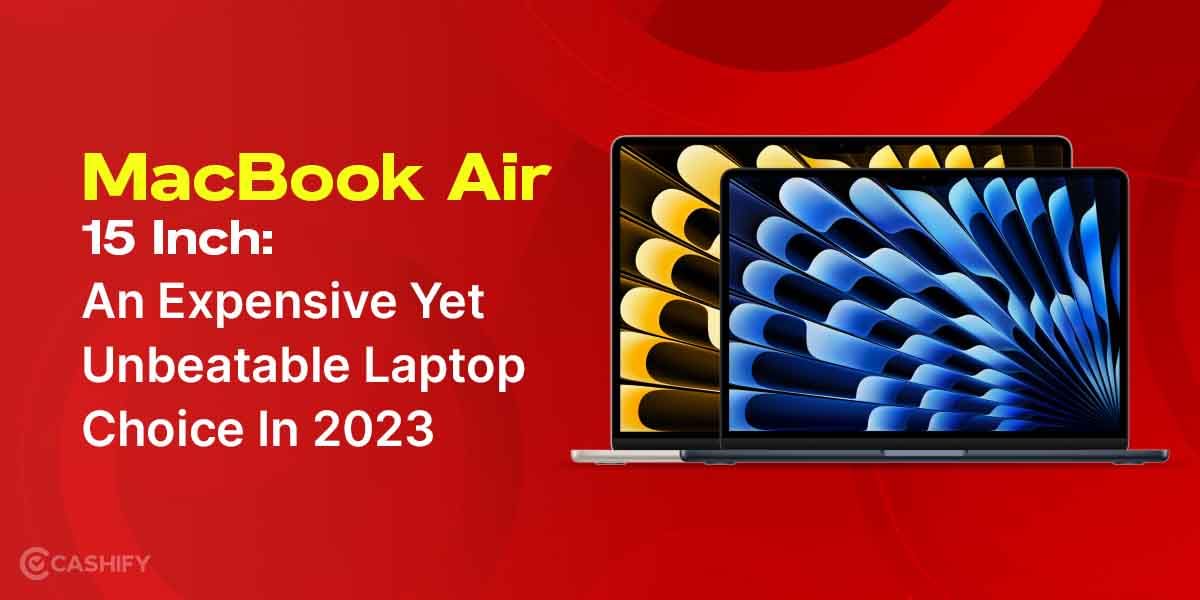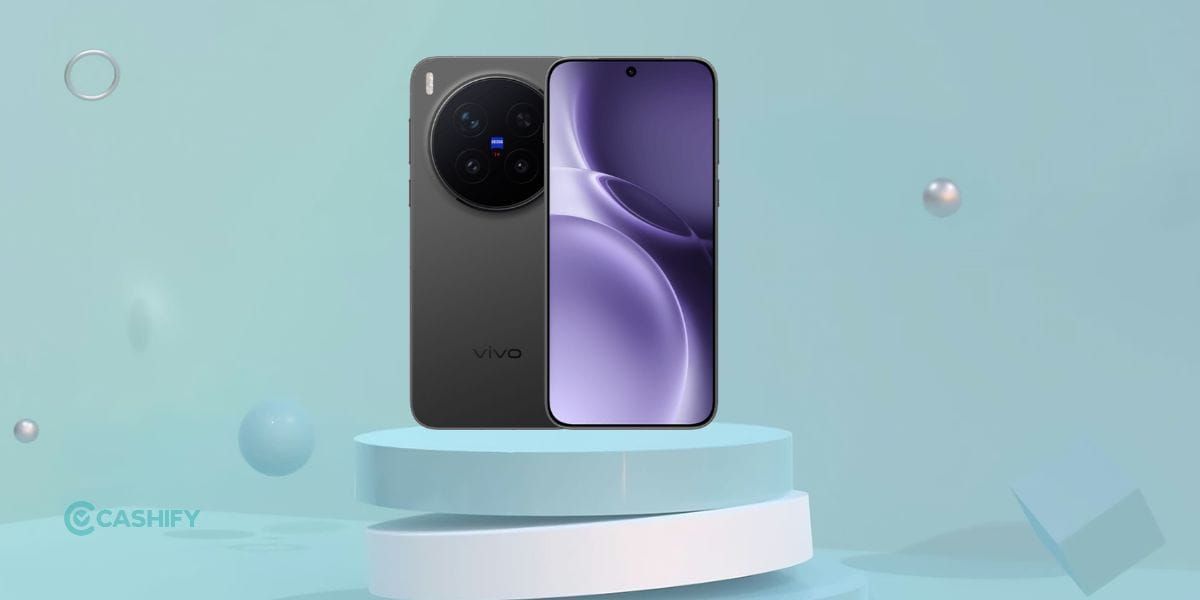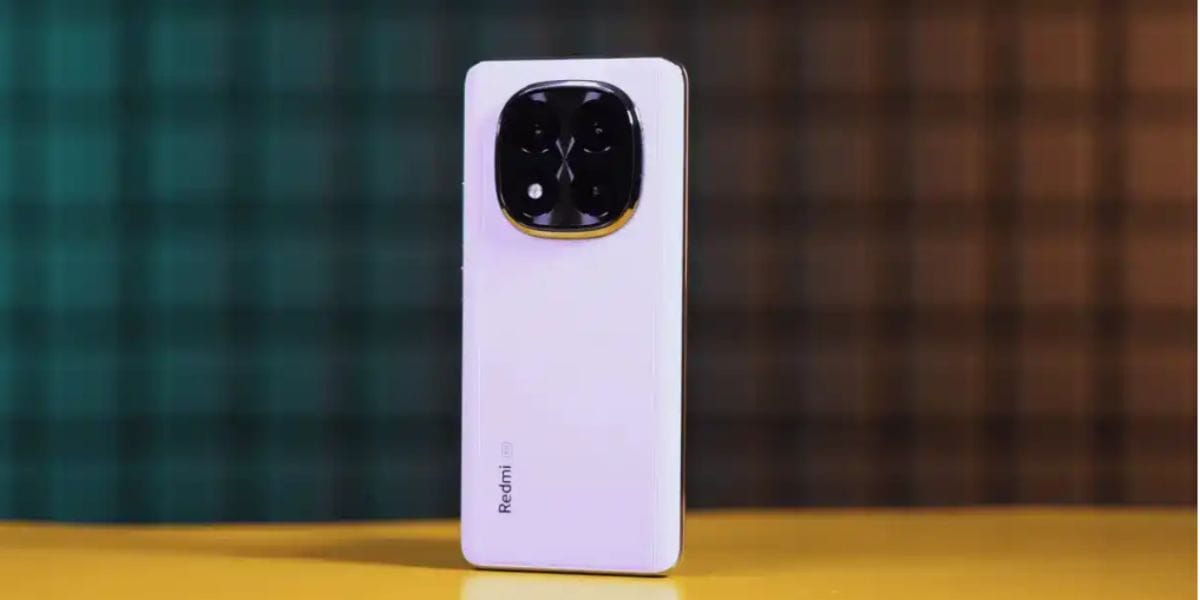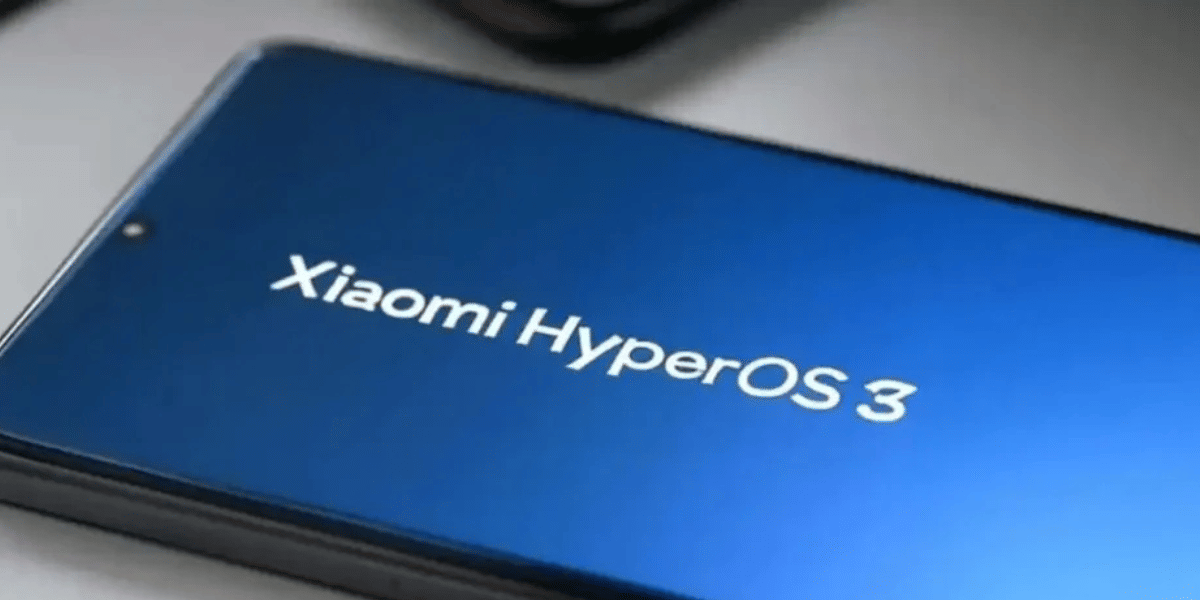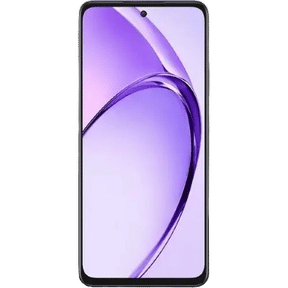Desktops, laptops, smartphones, and smartwatches have one thing in common: i.e. storage. However, while going through their specs, one might be curious about the difference between external storage and internal storage.
These devices/gadgets possess a storage system to save system files, user files & documents, apps, and user data. Now, there are many users who are confused about these two and which type of data is stored where.
Today, in this article, we will clear out all the confusion between the two storage systems. So let’s get started!
Also Read: Will Apple Soon Enter Foldable Market Through iPhone or iPad? Details Inside!
Basic Difference Between Internal Storage And External Storage
There are many users who think that external storage means SD cards and external hard disks. However, it is totally their misconception. Let’s clear that misconception.
Internal Storage:
Imagine internal storage as the built-in filing cabinet of your device. It’s the permanent, non-removable memory specifically designed to house the operating system, pre-installed apps, app data, and some user files.
When you install an app on your device, you will find that it has created a unique private folder. Only that app can access that private folder. The space where these files are stored is the internal storage. The other apps and users cannot access files stored in this space. All the Android system files, OS files, and app files that users are not allowed to access are stored in the internal storage. In order to access these files, you need to download an app that gives you access to these internal files or root your Android device.
Internal Storage also provides an extra security layer because the files stored in the created directories are not accessible by other apps.
Also Read: How To Exchange Phones On Cashify?
External Storage:
On the other hand, all the media files or documents can also be stored on external storage. The files stored in the external storage can be accessed by the user and other apps easily. For example, the app settings of your smartphone’s music player reside in internal storage, but MP3 files that you download using that app are stored in external storage.
Think of external storage as an expandable add-on to your device’s internal storage. It comes in various forms, primarily:
- SD cards: These removable memory cards offer increased storage capacity at a relatively lower cost.
- External hard drives: These portable storage devices provide significantly larger storage capacities well-suited for bulky files.
- Cloud storage: This online storage option allows you to store data remotely on servers accessed through the internet.
External Storages Types: Primary & Secondary
Basically, there are two types of external storage. One is the popular form of external memory that most smartphone users understand, i.e., an SD card, also known as a memory card, which is secondary external storage, and the other one is built-in external storage, which is known as primary external storage. A Primary External Storage is one that is accessible by the user but still part of the built-in memory. All your media files, documents, and pictures are stored on this primary storage, and this is when you don’t have a physical external storage device such as an SD Card.
The other form of external storage device is Secondary External Storage. All external memory storage devices such as an SD Card, external hard drives and even cloud storage such as Google Cloud and Dropbox fall under Secondary External Storage.
The SD cards are inserted manually and can be removed and carried. On the other hand, primary external storage is built-in.
Read also: Battery Tips: How To Extend Your Smartphone Battery’s Life
Can We Access The Primary External Storage?
All other External Storage, including the Primary External Storage, is easily accessible by the user. Your data, such as photos, videos, documents, and other media files, resides in the Primary External Storage. Users are able to store the data in Primary External Storage even without having an SD card installed. The SD card that you install is the removable external storage, and it can be used in a number of other compatible devices.
Utilizing Internal Storage For Sensitive Data:
Android OEMs and app developers primarily utilise internal storage for storing sensitive files, information, app data, user settings, and system files. The rationale behind storing these files here is to safeguard them and prevent unwanted access.
Accessing Files In Primary External Storage:
Unlike in Internal Storage, any file stored on Primary External Storage can be accessed using the built-in file explorer app. Also, other apps can access this data after read/write permission is granted.
However, sometimes, there have been cases where the app was found to be stealing the data without the permission of the user. In such cases, the role of primary internal storage comes into play.
Configurations And Necessity of Memory Division:
The built-in memory comes with varied configurations. These can start from 4GB and go all the way up to 512GB or even more than that. As a result of which, it becomes even more necessary to divide the built-in memory into internal and external memory.
Also Read: How To Install And Use Google Chrome Extensions?
Difference In External Storage And Internal Storage: Key Features!
| Feature | Internal Storage | External Storage |
|---|---|---|
| Speed | Faster read and write speeds due to direct connection | Slower read and write speeds compared to internal storage |
| Security | Generally more secure as it’s not easily accessible | Variable security depending on type; SD cards can be lost or stolen, while cloud storage relies on the provider’s security measures |
| Capacity | Limited capacity that can fill up quickly | Offers expandable capacity for greater flexibility |
Read also: How To Use Dual WhatsApp On The Same Phone
Conclusion
We hope that you understand the difference between Internal Storage, Primary External Storage, and Secondary External Storage. In short, internal storage is for apps to save sensitive data that other apps and users cannot access. However, Primary External Storage is part of built-in storage which can be accessed (for read-write) by the user and other apps but with permissions. On the other hand, secondary external storage refers to SD cards that are removable from the device and offer more flexibility.
Also Read: Unveiling The Best Google Drive Storage Plans: Find Your Ideal Fit
Did you know that refurbished mobile phones cost at least 50% less than new phones on Cashify? You also get other discounts, No-cost EMI and more, making it the most affordable way to buy a premium phone. So, what are you waiting for? Buy refurbished mobile phones at your nearest cashify store and avail exclusive offers.



